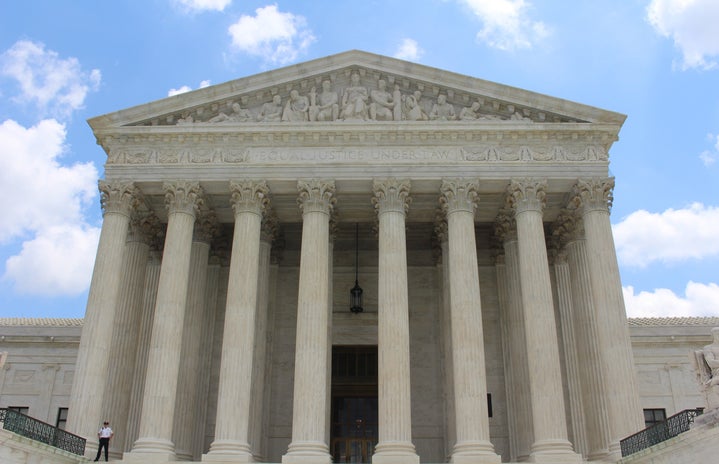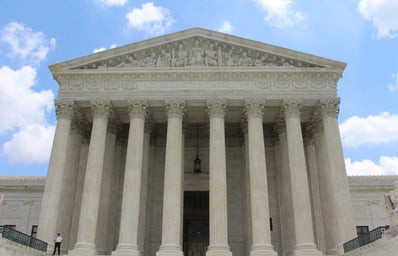Roe v. Wade, the 1973 Supreme Court case that ruled abortion to be legal in all fifty states, has been overturned on June 24. Individual states now decide if abortion is legal within their state boundaries. 13 states had trigger bans on abortion, meaning abortions are immediately banned following the overrule of Roe v. Wade.
How did this happen?
The Supreme Court consists of nine individuals. All Justices are nominated by the President and hold life tenure. The Supreme Court is responsible for interpreting the U.S. Constitution for all cases and especially when controversies arise with the law and constitution.
The Supreme Court aims to hold a nonpartisan court. However, the justices do not always echo that sentiment.
In May, a draft opinion on Roe v Wade by Justice Alito was leaked to Politico. This draft threatened the validity of Roe v Wade‘s federal protection. Alito claims “The Constitution makes no reference to abortion, and no such right is implicitly protected by any constitutional provision”.
Just a week ago, in a 6-3 ruling, the Supreme Court overruled Roe v Wade.
The precedent this sets.
Not only did Roe protect an individual’s choice to continue with their pregnancy, but it also set the precedent for other fundamental rights like the right to marry, have children, and use contraception.
Justice Clarence Thomas has stated that he wants SCOTUS to reexamine Obergefell v Hodges, Lawrence v Texas and Griswold v Connecticut.
Obergefell v Hodges is the 2015 case that ruled same-sex marriage to be legal throughout the entire nation. In a 5 to 4 decision, Obergefell held that the Fourteenth Amendment recognizes same-sex marriage. In a 6-3 decision, Lawrence v Texas ruled same-sex sexual activity among two consenting adults legal in every state. Griswold v Connecticut ruled in a 7-2 decision on the right to marital privacy, including no right to ban contraception for married couples. These cases are all up for stake if the SCOTUS chooses to revisit them.
What some states are doing in the overturn of Roe v Wade
Following the Supreme Court’s decision, states now have the power to rule if abortion is legal in their state. Some states, like Wisconsin, still have placed pre-Roe laws. However, its democratic governor has chosen not to re-enforce the ban. Other states, like Arizona, are already seeking restrictions on abortions. In California, voters will decide in November if abortion and contraception are a right in the state’s constitution.
How will this impact the November midterms?
With just a few months until the November elections, abortion is expected to be a hot topic issue for many voters. Democrats are fighting to keep the majority party in the House and Senate. Additionally, 36 state governor positions will be up for election. The 2022 election holds high stakes for the right to abortion in many states. Many states are willing and have already begun working on stricter bans on abortion.
Recently, Joe Biden urged Congress to codify Roe v Wade. Codifying Roe v Wade would make it federal law, and no state could pass laws restricting abortion. Currently, the Senate is split 50-50 between Democrats and Republicans. All it takes is a simple majority, 51 votes, to codify Roe.
Abortion can be a difficult topic for many individuals to discuss. Nonetheless, the overrule of Roe v Wade impacts all of us, one way or another.
Share your thoughts with us @HerCampusSJSU.


